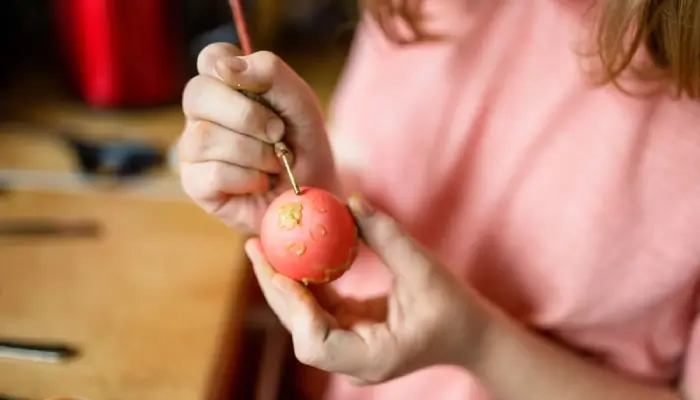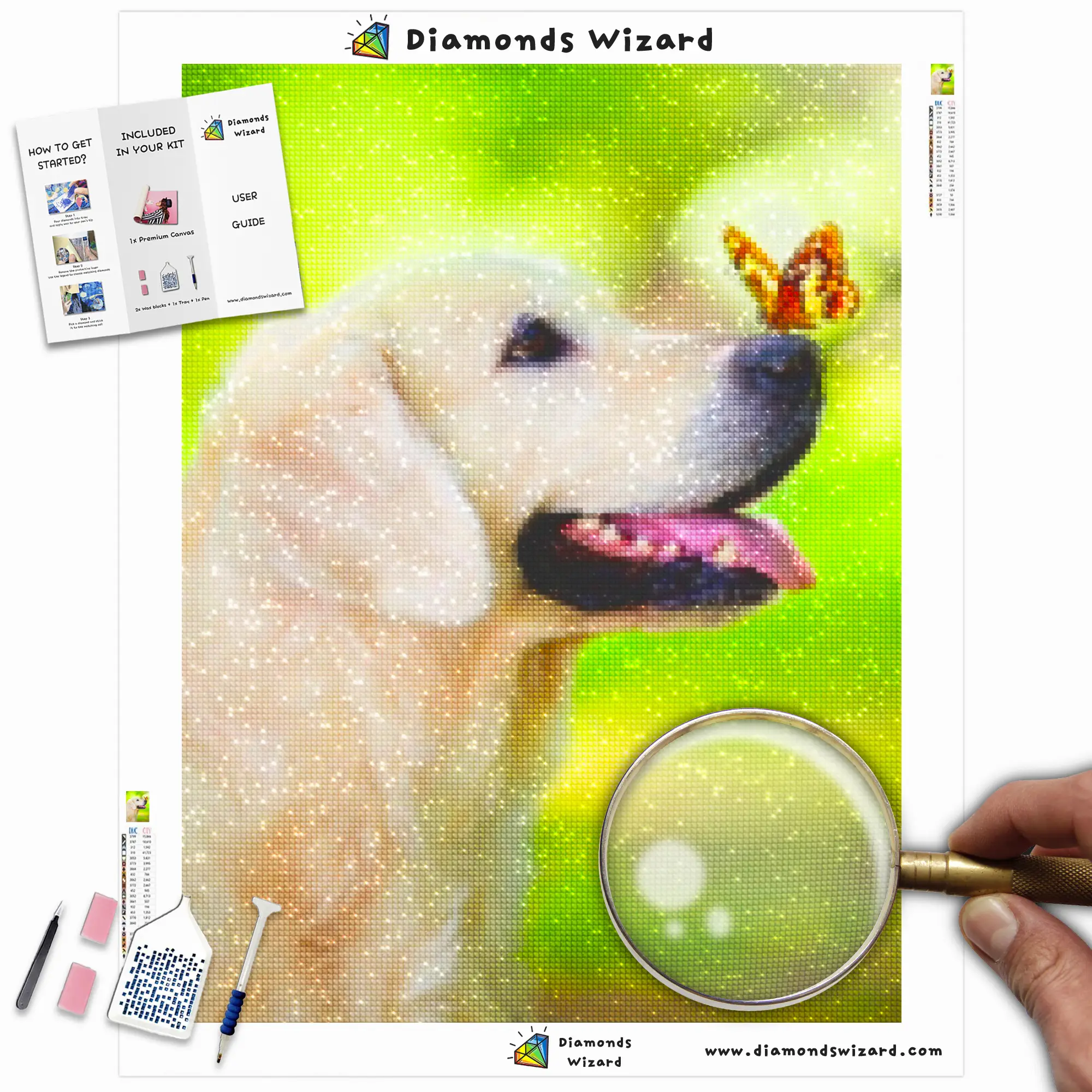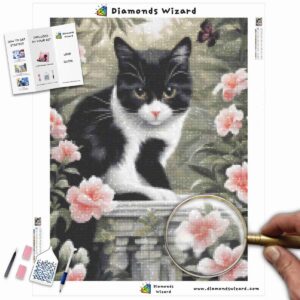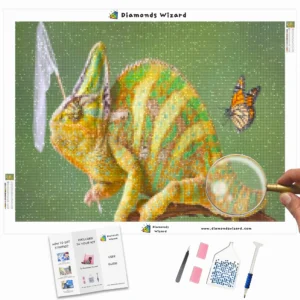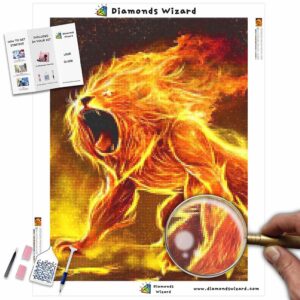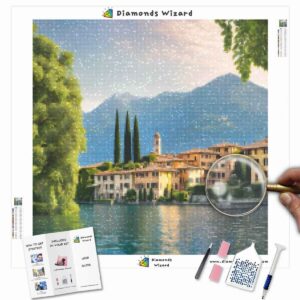Diamond painting has gained immense popularity among craft enthusiasts for its therapeutic and creative aspects. It involves the application of small resin diamonds onto a canvas, resulting in stunning and sparkling artwork. While the process of diamond painting is fairly straightforward, beginners often have questions about the materials and techniques involved. One such question is whether candle wax can be used in diamond painting. In this blog post, we will explore the truth behind this common myth and provide you with the correct information to enhance your diamond painting experience.
Understanding the Purpose of Wax in Diamond Painting
Before delving into the myth surrounding candle wax, it is crucial to understand the purpose of wax in diamond painting. Wax serves as an adhesive agent that helps pick up and place the tiny resin diamonds onto the canvas. The wax is typically provided in a small container with a wax pad or pen to facilitate the diamond placement process.
The wax used in diamond painting is specifically designed to have the right consistency and tackiness to hold the diamonds in place. It is often referred to as “diamond painting wax” or “wax pen,” and it is readily available from craft stores and online suppliers. The consistency of the wax allows for easy pickup of the diamonds while keeping them secure on the canvas until they are firmly pressed down.
Debunking the Myth: Candle Wax as an Alternative
Many crafters, especially beginners, wonder if they can substitute diamond painting wax with candle wax due to its availability and affordability. However, it is important to note that candle wax is not suitable for diamond painting and can lead to various problems and disappointments.
1. Consistency and Adhesive Properties:
Candle wax differs significantly from diamond painting wax in terms of consistency and adhesive properties. Diamond painting wax is specifically formulated to have the right level of tackiness to securely hold the diamonds. Candle wax, on the other hand, varies in composition, texture, and melting point, making it unreliable as an adhesive for diamond painting. It may not provide the necessary grip to keep the diamonds in place, leading to frequent diamond displacement and potential frustration during the process.
2. Residue and Damage:
Candle wax often contains additives, fragrances, and dyes that can leave unwanted residue on the canvas and affect the clarity of the diamonds. The residue may interfere with the diamond’s reflective properties, reducing its overall sparkle and brilliance. Moreover, candle wax may seep through the canvas, causing stains and damaging the artwork. The long-term effects of candle wax on the canvas and diamonds are unpredictable and can lead to unsatisfactory results.
3. Safety Concerns:
Using candle wax in diamond painting raises safety concerns. Candle wax is designed to melt and burn, and its properties can change when heated. The use of heat tools, such as an iron or hot wax pen, during diamond painting may cause the candle wax to melt excessively or release harmful fumes, compromising both your safety and the quality of your artwork. It is crucial to prioritize safety and follow the recommended practices and materials for diamond painting.
Conclusion
While candle wax may seem like a convenient alternative, it is not suitable for diamond painting. Diamond painting wax is specially formulated to provide the necessary adhesive properties, consistency, and safety required for this craft. Using candle wax can result in subpar diamond adhesion, potential damage to the canvas, and compromised overall results. To ensure an enjoyable and successful diamond painting experience, it is highly recommended to use the appropriate diamond painting wax, readily available from trusted suppliers. By following the correct techniques and using the recommended materials, you can create stunning diamond paintings that will truly shine.

